MFC recognizes National Invasive Species Awareness Week
The Mississippi Forestry Commission (MFC) joins the North American Invasive Species Management Association (NAISMA) and other agencies and organizations in recognizing the week of February 22 as National Invasive Species Awareness Week.
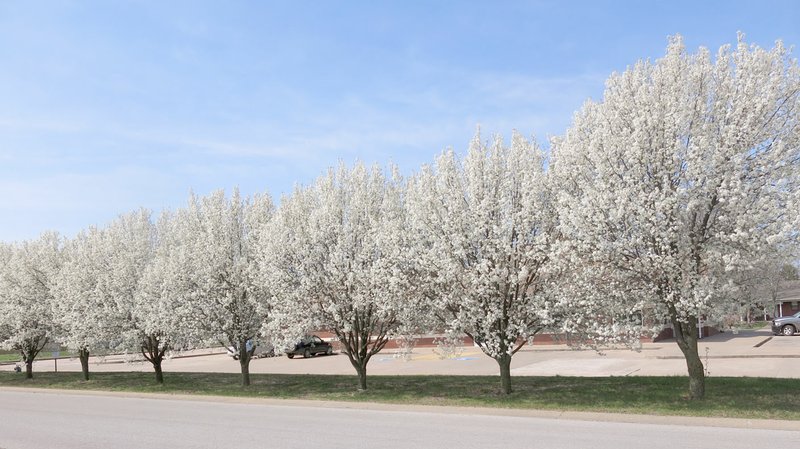
National Invasive Species Awareness Week is an annual international event to raise awareness about invasive species, the threat that they pose, and what can be done to prevent their spread.
“Mississippi has numerous invasive species that threaten the health of forests across the state,” said MFC state forester Russell Bozeman. “Education is the best way for Mississippians to help prevent the spread of these harmful plants and forest pests.”
Invasive Plants
From cogongrass to Japanese honeysuckle, invasive plants threaten forests by choking out native vegetation. Many of the invasive plants found in Mississippi today were purposefully planted as ornamentals in residential landscapes, soil stabilizing plants or forage for livestock.
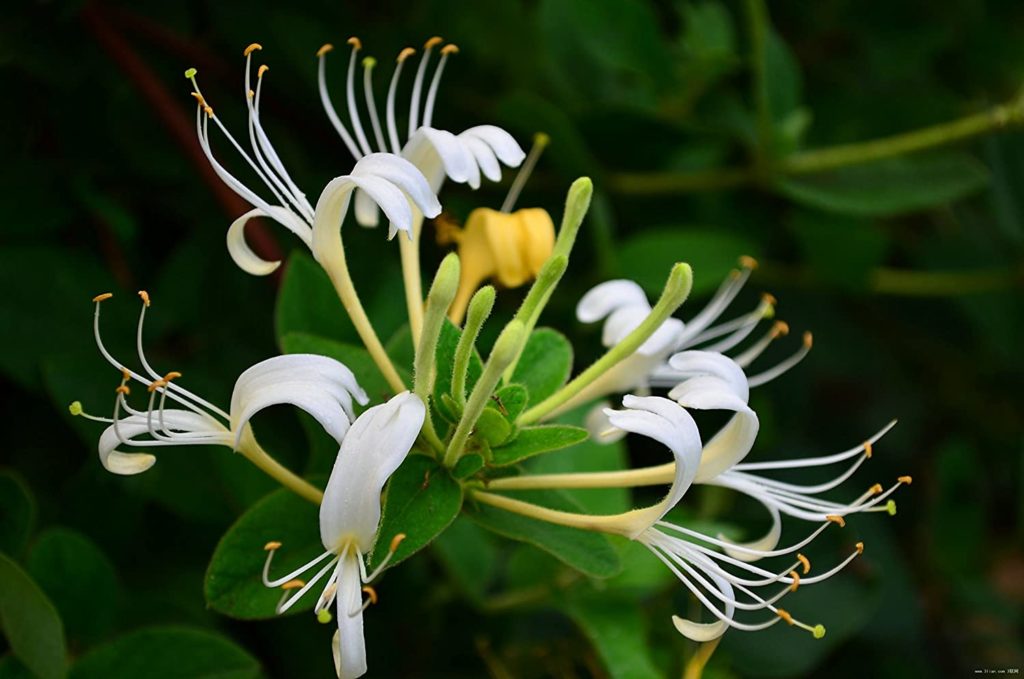
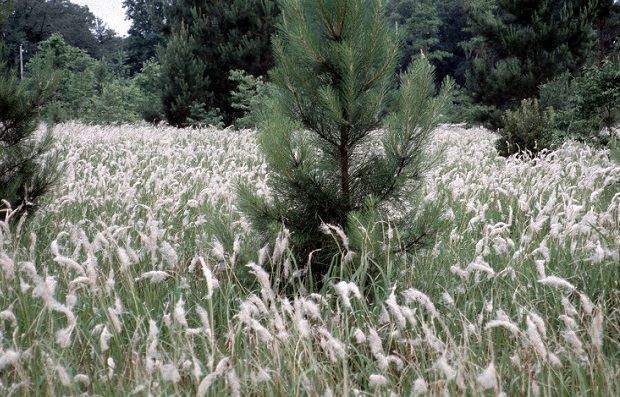
Mississippians can help prevent the spread of invasive species by using native alternative plants in landscaping. Instead of Japanese honeysuckle, the MFC recommends coral honeysuckle. A native alternative to Bradford pear is serviceberry. Click here for more information about the most common invasive plants, and their alternatives.
“Invasive plant species can wreak havoc on a residential landscape or stand of timber,” Bozeman said. “To help prevent the spread of these plants, Mississippi landowners need to learn how to identify invasive species on their property, and the best way to remove them.”
Forest Pests
Non-native forest pests also cause considerable harm to Mississippi forests and trees. The Redbay Ambrosia Beetle is the primary vector of the fungus that causes Laurel Wilt, a disease that can kill several North American tree species. The emerald ash borer is a metallic green beetle that bores into ash trees, feeding on tissues beneath the bark, ultimately killing the tree. Click here for more information about the most common forest pests in Mississippi.
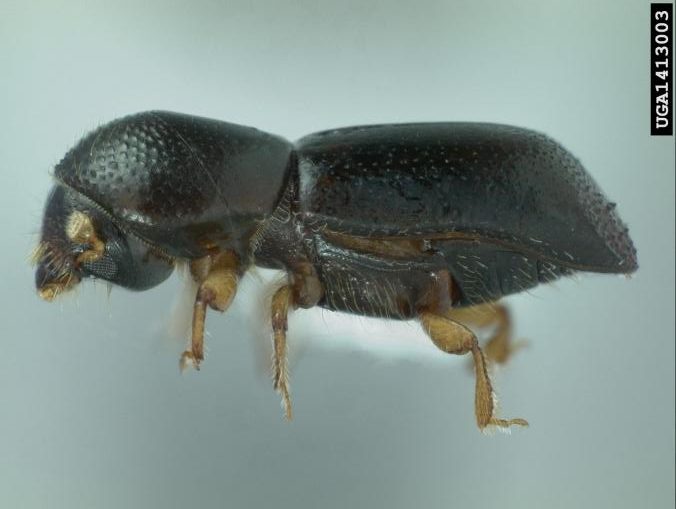
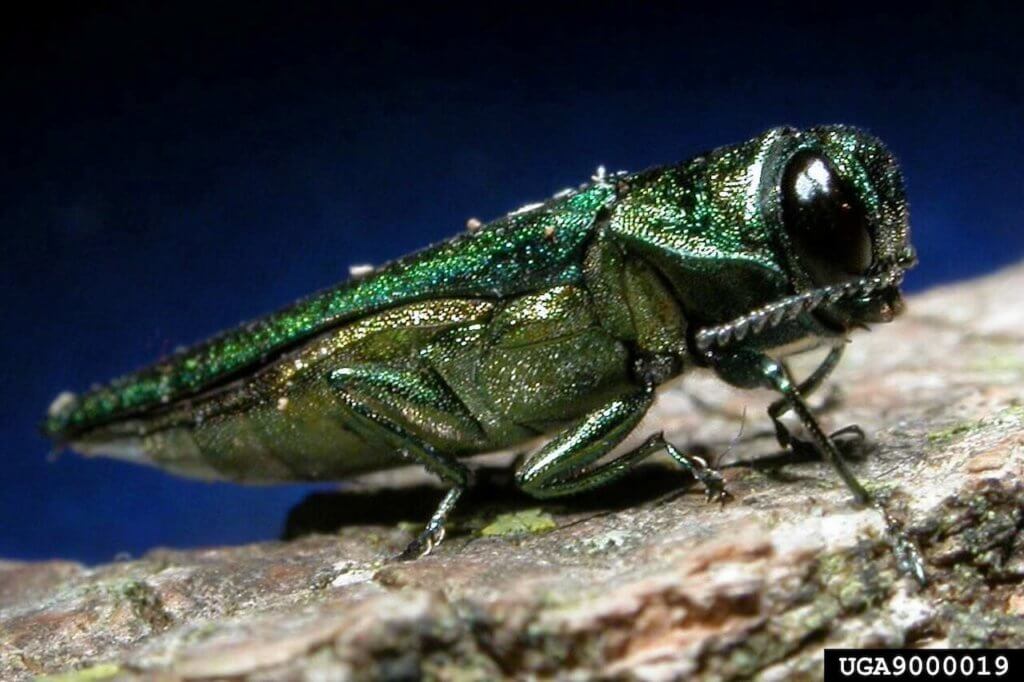
“With the ice storm that moved through the state last week, many trees that appear to be healthy may show signs of stress as the growing season begins,” said Bozeman. “These trees will be the most susceptible to infestation by harmful forest insects. Mississippians should be patient and continuously monitor their trees to ensure they remain healthy.”
In addition to steps landowners can take, the MFC offers assistance programs to help combat the spread of invasive plants and forest pests.
Click here to learn more about the MFC’s landowner assistance programs.
Click here to learn more about the MFC’s southern pine beetle and cogongrass control programs.
